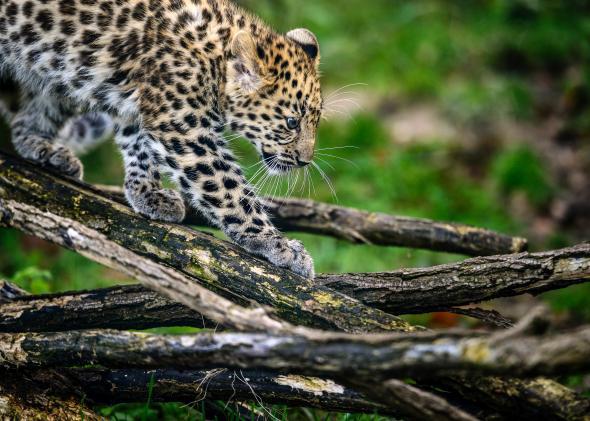The top of the food chain is getting smaller. Three quarters of the world’s large carnivores are declining in population, according to a new study from researchers at Oregon State University published in the journal Science.
Many of these animals – think lions, wolves, otters, and bears – suffer from shrinking habitats. The study, which looked at 31 of the world’s largest carnivores, found that 17 species occupy geographical areas less than half the size of their former ranges. Persecution by humans is another threat.
“Human tolerance of these species is a major issue for conservation,” said Professor William Ripple, the lead author of the study. “We say these animals have an intrinsic right to exist, but they are also providing economic and ecological services that people value.”
The researchers, who are calling for an international initiative to conserve large predators, claim the disappearance of these carnivores throws off broader ecosystems, disrupting vegetation as well as birds and small mammals. For example, in some parts of the ocean off Alaska, the decline in sea otters has been linked to a rise in sea urchins and a loss of kelp beds.
But there may be hope yet. Researchers believe ecosystems can bounce back if predators are reintroduced. “It isn’t happening quickly everywhere, but in some places, ecosystem restoration has started there,” Ripple said.
Correction: The original article misidentified the university the researchers who conducted the study are from. The study was conducted by researchers from Oregon State University. The text has been corrected.
